Birds are like nature’s little performers, each with their unique flair and personality.
From vibrant songbirds to majestic eagles, understanding what makes them tick can seriously up your photography game.
They’re not just pretty faces—they’re fascinating creatures with habits and quirks that, once you get a handle on, can transform your snapshots into captivating stories.
Getting into bird behavior isn’t just about observing—it’s about connecting.
When you know why a bird fluffs its feathers or what it means when a certain species starts singing at dawn, your photos gain depth.
What may appear as just a bird perching could be a display of territory, attraction, or communication.
And that context?
It adds a layer of storytelling to your images that’ll catch the eye and the heart.
So how does this whole bird behavior gig work?
It’s all about patterns.
Birds are creatures of habit. They follow the sun in the sky, track the seasons, and even time their daily routines like clockwork.
By tuning in to these rhythms, you’re not only more likely to catch those prize-worthy shots but also show respect for the wildlife you’re framing. Everyone’s a winner.
This article breaks down the essentials of bird photography, starting from getting your gear in check to honing those sneaky ninja skills to stalk birds like a pro.
It’s about marrying technique with understanding the why behind a bird’s movements. So buckle up as we take wing into a world where art meets nature, and every click of the camera tells a story.
Setting the Stage: Essential Photography Gear Uncovered
When it comes to bird photography, good gear is like your trusty sidekick.
But let’s keep it real—it’s easy to get caught up in the gear trap, thinking the latest gadgetry will automatically make you a better photographer.
Spoiler alert: It won’t. What really matters is knowing how to use the tools you got to their fullest potential.
Start with a decent camera that offers manual settings. This allows more control over your shots and helps in adapting to those rapid-fire situations birds are known for.
Paired with a quality telephoto lens, you’ll get those close-ups without getting, well, too close. A lens with a 300mm focal length or more is often a good choice.
Tripods and monopods can be life-savers, especially when you’re waiting for that perfect moment.
But remember, flexibility is key.
Birds don’t wait for you to set up, so consider a setup that’s quick to move and adjust. Great shots often disappear in seconds—they’re not gonna hang around for a perfect pose.
Then there’s the question of lighting, which can get tricky.
A lightweight flash can help fill in shadows when the sun’s being stingy, but natural light is usually the best co-star in your bird photography adventures.
Reflectors can be a handy alternative if you’re aiming for those softer edges.
And speaking of stability, a good tripod or monopod comes in handy for those steady shots when your arms start to feel like noodles.
Shooting birds can mean holding up your camera for long periods, so don’t underestimate how much a solid support system can help keep things crystal clear.
Finally, keep it practical. Invest in a reliable but comfortable camera strap, because comfort equals more time focusing on what matters—getting those stunning bird shots.
A waterproof bag or case is also a smart move, ensuring your gear is safe from unexpected weather while you’re in the field.
In the world of bird photography, knowledge is your biggest asset. Learn the essentials, invest in quality within your means, and above all, practice.
Having billion-dollar gear won’t do much if it’s still in the box. Your photographs will reflect your skill and understanding more than the price tags of your equipment. Gear up wisely and shoot with passion.
Research & Observation: Understanding Your Subjects
Before you even snap that shutter, do a little homework.
Getting to know your avian subjects can make your photo sessions more rewarding and less hit-or-miss. It’s like prepping for a date—show genuine interest, and you’ll learn a thing or two.
Start by reading up on bird behavior specific to your location. Every species has its habits—some are shy and reclusive, while others are more outgoing and predictable.
This insight helps you anticipate their movements and get ready for those epic moments.
Spending time just watching birds is also invaluable. Find a good spot and observe their routine without rushing in for a shot.
Notice where they perch, how they feed, and their interactions with other birds. Sometimes what you’ll learn just by watching can be more enlightening than a book.
Documenting their behavior can also help.
Keep a journal or use an app to track the patterns you notice over time. This info isn’t just useful for a single shoot; it becomes an evolving tool you can rely on again and again.
You’ll develop a sharper eye for detail and start predicting where the best photo ops will unfold.
Respect plays a huge role, too. Mind your distance and avoid interfering with their natural behavior. This means staying quiet and keeping movements subtle.
Birds that are comfortable in your presence will act naturally, resulting in more authentic and less staged photographs.
Bringing these observations into your photo sessions not only boosts the chance of capturing stunning images but also enhances your appreciation of these winged wonders.
It’s a combination of art and science—adding context to your imagery and depth to your practice. It’s this blend of knowledge and creativity that’ll set your photos a flap above the rest.
Lighting Matters: Shooting in the Golden Hours
The magic of bird photography often happens when the sun is low—think dawn or dusk.
These times, commonly known as the “golden hours,” offer a softer, more flattering light that can transform an ordinary bird photo into something extraordinary.
The angles of sunlight during these periods tend to create richer colors and gentle shadows that add depth and texture to your shots.
Keeping an eye on the weather forecast can also be a game changer.
Overcast days might not sound ideal, but a layer of clouds can act like a giant diffuser, spreading the light evenly and eliminating those harsh shadows that can ruin a shot.
It’s all about making the most of what nature gives you.
Remember to position yourself based on the sun’s position. Catching birds with the sun behind you will illuminate their colors vividly and avoid silhouettes.
But don’t shy away from backlighting either—it can create a captivating halo effect around your feathered friends if done right.
While golden hours are primo time for photography, they aren’t the only right times. Midday sun can still work if you understand how to manage its intensity.
Use the shade for softer light or play with the angles to capture breakthroughs of light. Creativity in less-than-ideal lighting situations can yield surprisingly good results.
Getting familiar with these concepts lets you take advantage of natural light and use it strategically. It’s more about adaptation than control.
The goal is to find beauty in the ever-changing palette of the sky and let it illuminate your photography adventure, just as it would a landscape or a portrait.
You’re capturing a moment in nature’s best light, and with a little finesse, your bird photos will stand out in any collection.
Mastering Motion: Capturing Birds on the Fly
Birds are constantly on the move, flitting from branch to branch and soaring through the sky, making motion shots both a challenge and a reward.
To freeze these dynamic moments, mastering shutter speed is key. A fast shutter speed—usually 1/1000 of a second or faster—helps capture sharp images of birds in motion without blur.
Panning is another useful technique for motion shots. It involves following the bird with your camera while shooting.
This keeps the bird in focus and adds a sense of speed and motion to the background. It takes practice, but the results can be dynamic and full of life.
Autofocus modes like ‘continuous’ or ‘AI Servo’ are your friends here.
They adapt as the bird moves, maintaining focus even as it changes pace or direction. Practicing with these settings ensures you’re ready for those quick, impulsive movements that birds are known for.
Creating a successful action shot also requires anticipating motion. Birds often show signs before taking off, like ruffling feathers or making noise.
Recognizing these cues lets you prepare and position for the best angle, giving you a head start on capturing the flight moment perfectly.
Remember to account for lighting during these fast-paced photo sessions.
Motion shots often require balancing exposure with speed, so adjust your ISO settings as needed to maintain clarity and brightness without sacrificing movement capture.
Increasing your chances of capturing remarkable motion shots involves both technical prowess and an understanding of bird behavior.
With these skills in your pocket, you’ll be ready to click just as liftoff happens, preserving the incredible energy birds bring to the scene.
Landscape & Composition: Framing Your Subject
Bird photography isn’t just about the bird itself; where it sits within the frame makes all the difference. The choice of location and composition can elevate a photo from a simple snapshot to a stunning piece of art.
Start with the basics of rule of thirds.
This classic guideline can help create balanced and harmonious images. Position your bird off-center for a more dynamic look. It leads the viewer’s eye naturally around the frame, telling a more engaging story.
Your surroundings play a huge role in your composition. Background elements like trees, water, or sky contribute to the photo’s depth and interest.
Keep your background simple and non-distracting to ensure your feathered friend stands out. A little blur here can be your secret weapon.
Color contrast between the bird and its background can add drama to an image.
If your bird is in a lush green forest, a moment when light catches its wings can create a striking visual difference. Experiment with different angles and elevations to find what works best.
Don’t overlook the importance of leading lines.
Elements like branches, the curve of a riverbank, or even the rays of sunlight can guide viewers through your composition, putting the bird at the heart of the image.
Lastly, variety is the spice of life. Try different perspectives to find unique angles that showcase the beauty and behavior of your subject in its environment.
From head-on shots to profiles, capturing the same bird from different viewpoints provides a fuller picture of its world.
By thoughtfully choosing where and how your birds are framed, you can create photographs that not only capture a moment but also tell a story.
It’s this creative blend of location, light, and composition that makes each shot truly your own.
The Art of Stalking: Getting Close to Birds
Approaching birds calls for a subtle mix of patience and stealth. You’re venturing into their world, so move as softly and quietly as possible to avoid spooking them.
This means slow, deliberate movements and using cover like trees or bushes to your advantage.
You’ll want to dress the part—earth tones and natural colors are less likely to draw attention. Forget about those neon sneakers and go for muted hues that blend into your surroundings.
Getting down to eye level is a game changer. It doesn’t just create more engaging compositions but also shows respect to the birds you’re photographing.
It’s about seeing the world from their perspective, which can yield more authentic shots.
Learn to read your subjects. If the bird looks nervous, give it space and time to acclimate to your presence. They’re quick to pick up on vibes, and a relaxed bird makes for better photos.
Be mindful of the habitat and sensitive to the environment you’re shooting in. Stay clear of nests, feed strategically so you aren’t disrupting natural behaviors, and avoid trampling over fragile vegetation.
Adopting these stealth and patience techniques doesn’t just get you closer—it brings you to a point where you almost become part of their world.
This intimacy not only sharpens your photo game but adds an enriching depth to your experience as a photographer.
Detail Orientation: The Importance of Focus and Depth
When it comes to bird photography, keeping tack-sharp focus is non-negotiable. The bird’s eye—often called the “window to the soul”—should be the crispest part of the frame. It draws viewers in and adds a captivating spark to your photos.
Using a camera’s continuous autofocus feature helps keep a fast-moving subject in focus. It’s like having a digital assistant that anticipates tiny movements, ensuring your subject remains the star of the shot.
Depth of field (DoF) plays a crucial role, too. Adjusting your aperture, usually to a lower f-stop, blurs the background to make your bird pop out, while still leaving enough detail to evoke its natural habitat.
Experimenting with DoF can dramatically alter the feel of a photo.
Wide apertures usually work wonders for isolating your subject, while narrower ones can draw more of the scene into crisp focus, useful in capturing a complex interplay between bird and landscape.
Training your eye to see how light impacts focus is crucial.
Sometimes, subtle shifts in light can create unwanted highlights or shadows that take focus away from your subject. Keeping a consistent eye on these changes helps in maintaining the clarity of your photographs.
Regular practice, whether in your backyard or out in the wilderness, fine-tunes your ability to capture those fleeting moments with precision.
Every bird, every light situation offers new lessons. With experience, controlling focus and depth beautifully crafts not just an image but an emotion, elevating your bird photography to remarkable levels.
Telling Stories Through Your Lens: Embracing Creativity
Creating compelling bird photographs is about more than just capturing what’s in front of the lens; it’s about conveying a story. By incorporating elements of the bird’s environment, you provide context that enriches your images.
Think about what’s beyond the portrait—the setting, the light, the activity.
Each of these parts can play a role in your storytelling. For example, a bird silhouetted against a sunrise speaks to the start of a new day, while a snapshot of a chick’s first flight tells a story of growth and adventure.
Learn to depict sequences that capture birds in action, like a series of shots following a bird as it lands or feeds its young. This not only adds drama but also tells a chronological story that engages viewers more deeply.
Find inspiration in the work of established photographers.
Examine how they frame their subjects, the moods they create, and how they manipulate light and shadow to craft narratives. There’s no harm in staring a bit!
Meanwhile, allow your personal touch to shine through.
Whether it’s focusing on specific birds you feel connected to or utilizing certain techniques or lighting scenarios, bringing your own perspective adds authenticity to your work.
If you’re feeling adventurous, step outside comfort zones.
Try capturing not just the bird, but the interaction between it and its environment, like a bird catching rain in a downpour or flock dynamics during flight.
The more you immerse yourself in both these environments and your own creative process, the more your photos will reflect a unique and vivid story.
This is where the art of photography marries the unpredictability and beauty of the natural world, leaving viewers not just with images but tales of the wild.

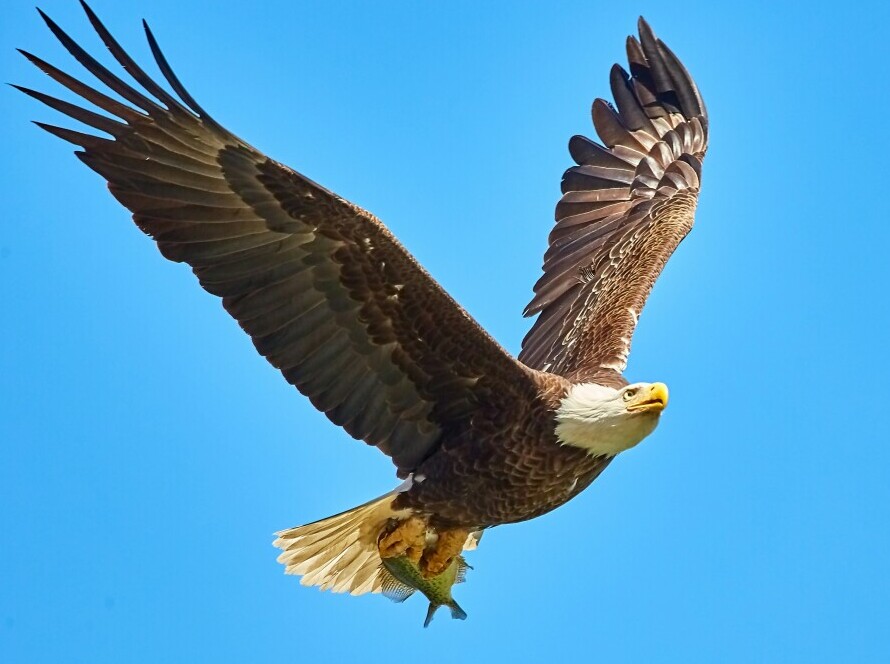
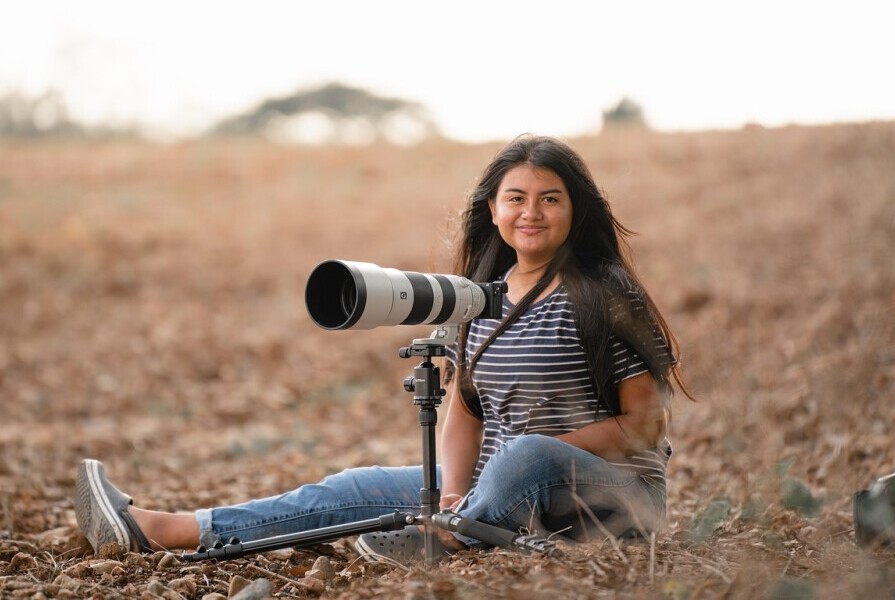
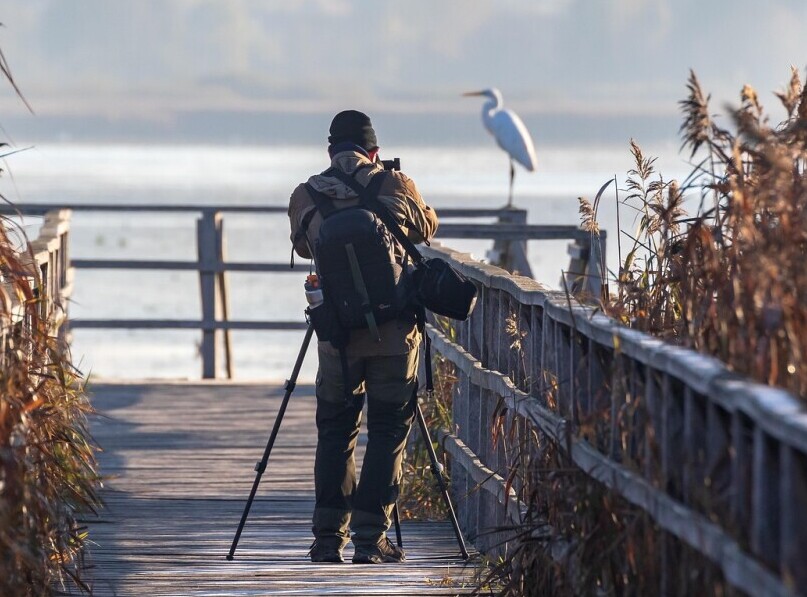
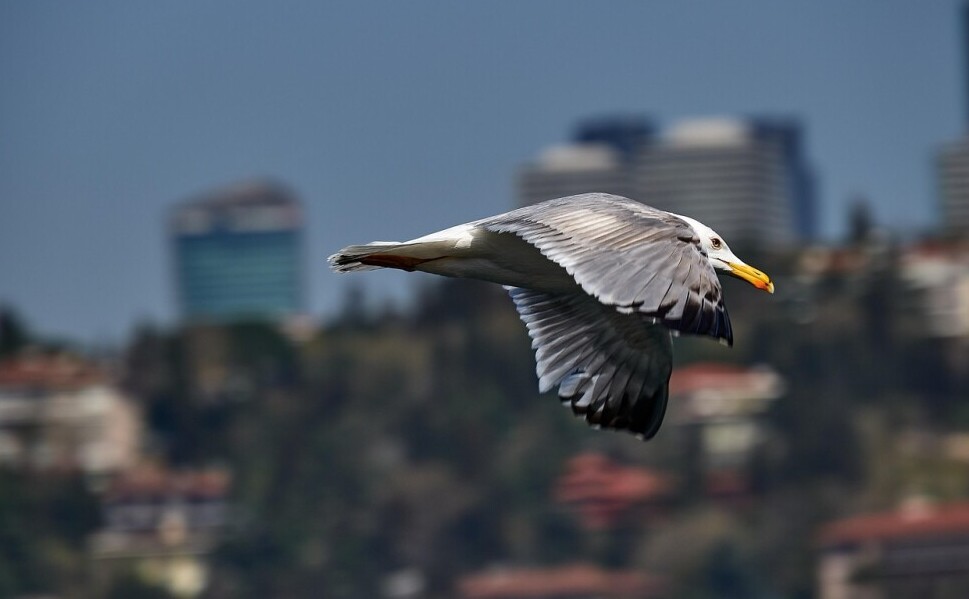
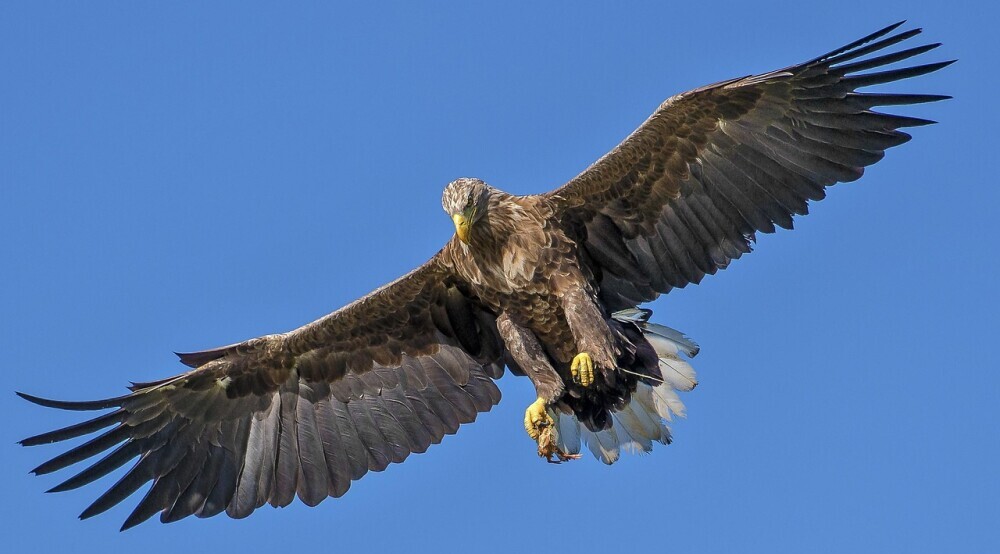
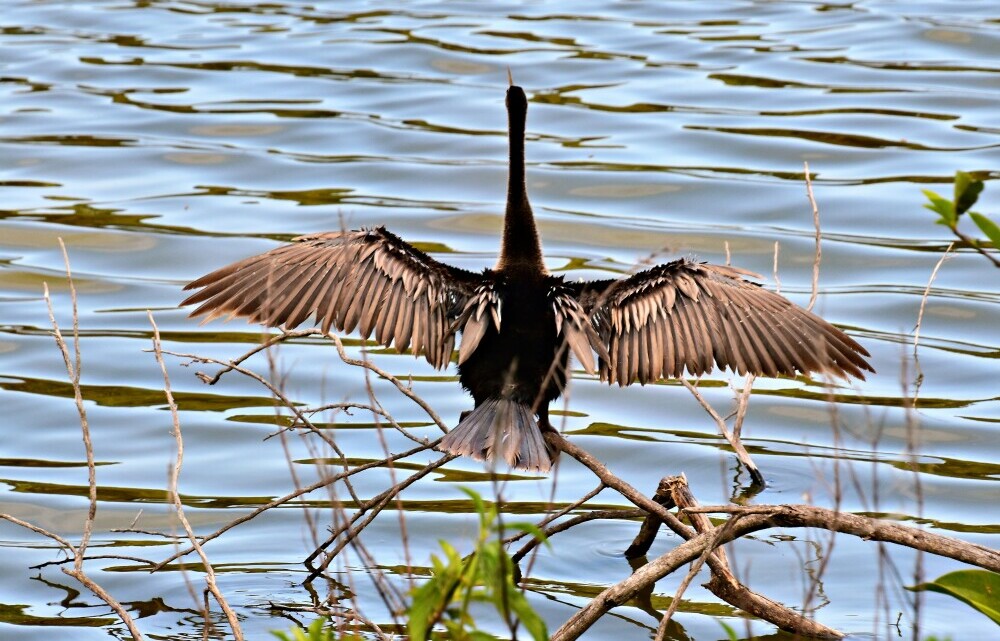
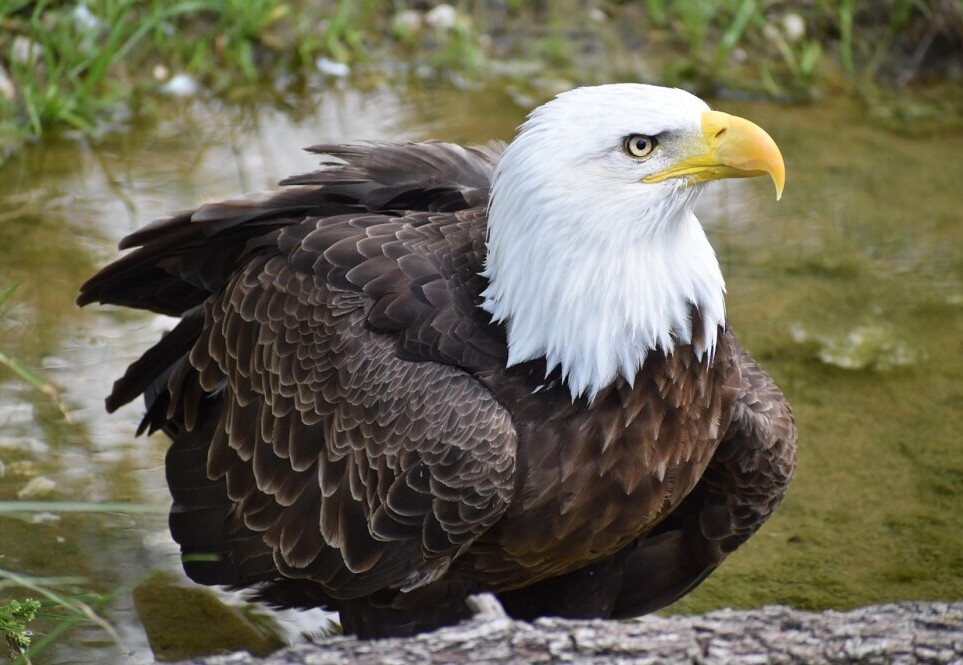


Understanding bird behavior as the foundation for better photography makes so much sense, because it shifts the focus from the technical aspects of the camera to the living subject itself. When a photographer recognizes feeding patterns, courtship displays, or even subtle territorial signals, it becomes easier to anticipate unique moments rather than rely on chance. This not only produces more authentic and dynamic images but also builds a deeper respect for the animals being photographed. Observing how posture or movement changes with different times of day or seasons can reveal incredible insights, and capturing those fleeting behaviors feels far more rewarding than staged or accidental shots. It turns bird photography into a patient, immersive practice where the best images are the result of empathy and understanding rather than luck.
Thank you so much, Slavisa, for your insightful comment.
I completely agree that understanding bird behavior is key to capturing authentic and dynamic images. Your words perfectly capture the essence of bird photography as a patient and immersive practice. I’m glad you found the post informative and resonating.